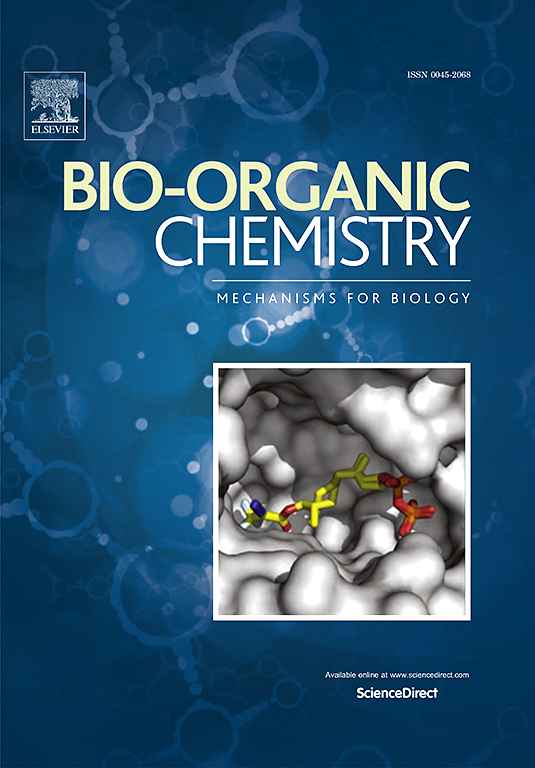Emerging fluorescent probes for bioimaging of drug-induced liver injury biomarkers: Recent advances
IF 4.5
2区 医学
Q1 BIOCHEMISTRY & MOLECULAR BIOLOGY
引用次数: 0
Abstract
Drug-induced liver injury (DILI) has emerged as a significant concern in clinical settings, being one of the leading causes of acute liver failure. However, the specific pathogenesis of DILI remains unclear, and there is currently a lack of effective targeted therapies. Numerous studies have demonstrated that the occurrence and progression of DILI involve complex pathological processes, closely linked with various cellular substrates and microenvironments. Thus, developing non-invasive, highly sensitive, specific, and reliable methods to detect changes in biomarkers and microenvironments in situ would greatly aid in the precise diagnosis of DILI and help guide therapeutic interventions. Fortunately, fluorescence imaging technology has shown great promise in detecting biological species, microenvironments, and diagnosing DILI due to its superior detection capabilities. In this context, this review described the design strategies, working principles, and practical applications of small molecule fluorescent probes for monitoring biological species and microenvironments in DILI. Importantly, this review highlighted current limitations and future development directions, which may help uncover the underlying relationships between biological species, microenvironments, and DILI. This understanding could lead to potential diagnostic protocols and establish a platform for evaluating treatments and drug efficacy in DILI.

求助全文
约1分钟内获得全文
求助全文
来源期刊

Bioorganic Chemistry
生物-生化与分子生物学
CiteScore
9.70
自引率
3.90%
发文量
679
审稿时长
31 days
期刊介绍:
Bioorganic Chemistry publishes research that addresses biological questions at the molecular level, using organic chemistry and principles of physical organic chemistry. The scope of the journal covers a range of topics at the organic chemistry-biology interface, including: enzyme catalysis, biotransformation and enzyme inhibition; nucleic acids chemistry; medicinal chemistry; natural product chemistry, natural product synthesis and natural product biosynthesis; antimicrobial agents; lipid and peptide chemistry; biophysical chemistry; biological probes; bio-orthogonal chemistry and biomimetic chemistry.
For manuscripts dealing with synthetic bioactive compounds, the Journal requires that the molecular target of the compounds described must be known, and must be demonstrated experimentally in the manuscript. For studies involving natural products, if the molecular target is unknown, some data beyond simple cell-based toxicity studies to provide insight into the mechanism of action is required. Studies supported by molecular docking are welcome, but must be supported by experimental data. The Journal does not consider manuscripts that are purely theoretical or computational in nature.
The Journal publishes regular articles, short communications and reviews. Reviews are normally invited by Editors or Editorial Board members. Authors of unsolicited reviews should first contact an Editor or Editorial Board member to determine whether the proposed article is within the scope of the Journal.
 求助内容:
求助内容: 应助结果提醒方式:
应助结果提醒方式:


